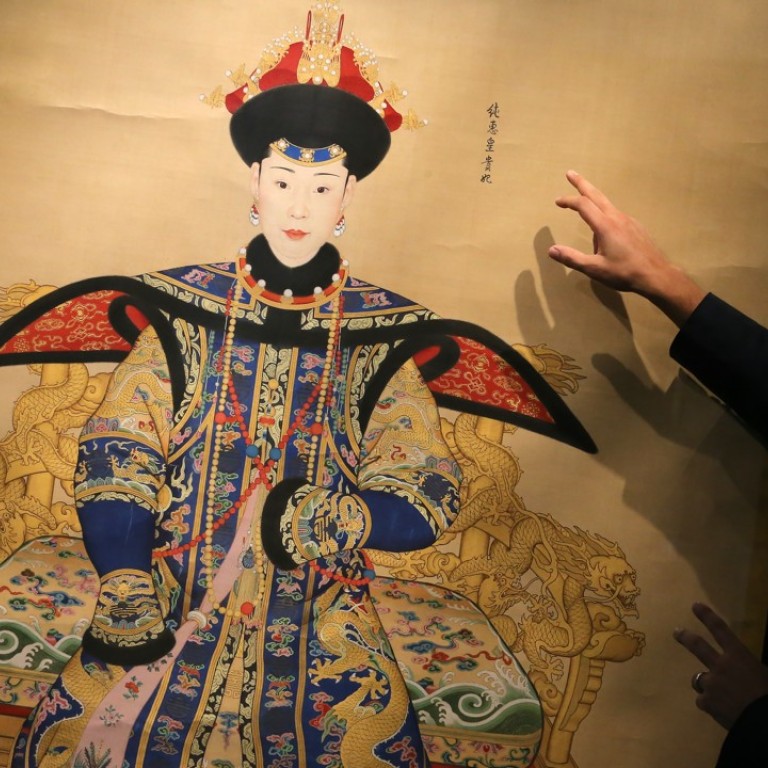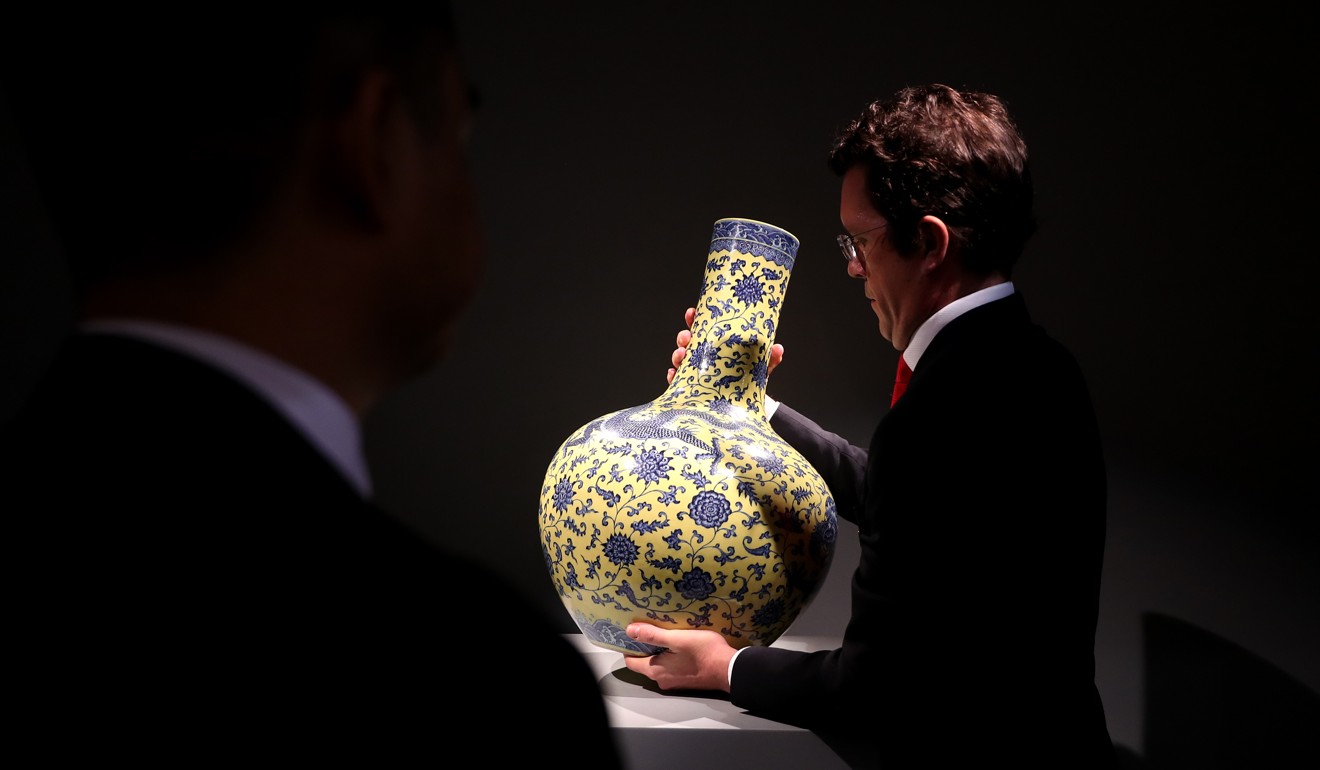
US-China trade war takes a cultural turn after antiques and artworks are added to Trump’s tariffs list
Art world expresses surprise as White House adds cultural items to long list of Chinese imports targeted by 10 per cent tariffs
Towards the end of the 205-page docket issued on Tuesday by the Trump administration announcing new retaliatory tariffs on Chinese imports, antiques – along with paintings, drawings, and pastels – appear on a list of thousands of other items that will be subject to an additional 10 per cent duty upon entry into the US, should the proposed tariffs go into effect at the end of August.
Unlike some rather more obscure entries such as “bovine semen” – which, apart from a modest batch in 2016, the US has not imported from China for the last two decades – antiques and paintings account for hundreds of millions of dollars in imports between the two countries every year.
According to data from the United States International Trade Commission, imports of “antiques of an age exceeding 100 years” totalled US$107 million in 2017, having reached as much as US$205 million two years earlier.
In 2015 and 2016, imports of paintings, drawings, and pastels totalled US$123 and US$125 million respectively.
“I would say this new policy from the Trump administration is backward,” said Ning Lu, vice-president of the price database at the New York-based art sales website Artnet.
How China plans to push back against Trump in ‘economic cold war’
By comparison, she noted, China has reduced the tax on artistic imports to encourage the flow of works into the country.
The inclusion of such items in the proposed new tariffs has also perplexed observers within China.
“I think it’s bizarre that [the US administration] would include such cultural products,” said Ji Tao, an art expert and researcher at the Auctioneering Institute of the Central University of Finance and Economics in Beijing.

“Once they were done with the industrial products, the technological products, and the agricultural products,” said Ji, “they had to get cultural products involved”.
Yet the decision to include antiques in the new tariffs is unlikely to have much of an impact on their sales to US buyers.
Given the sprawling network of auction houses around the world, it would be relatively easy for a Chinese seller to export an item to a non-US country and for the buyer to procure it from there, Lu said.
Trump tariff list targets hi-tech minerals that US needs
Even if such a workaround were not possible, Chinese sellers are likely to lose little sleep about missing out on the US market.
“The majority of the audience for [antiques and artwork] is in mainland China,” said Lu.
“There’s actually not a high necessity to export art and antiques outside mainland China to find a buyer.”
The increasing spending power of Chinese art and antique collectors combined with stringent regulations on exporting cultural artefacts make sales to the domestic market all the more appealing to dealers.
“Anything antique that is dated before 1949 cannot technically leave unless you have particular permits,” said Beijing-based antiques dealer and consultant Wang Ge.
Despite the high value of Chinese imports recorded in the US year-on-year, she said, the actual number of items may be very low, given that the antiques industry is “one of quality, not quantity.”
In addition to antiques, paintings are also included in the new tariffs list.
American families set to pay as US targets Chinese consumer goods
This may have more tangible ramifications, given the number of producers in China that churn out non-collectible, hand-painted artworks on an industrial scale.
Companies such as Free Cloud Arts, which sells paintings used for house decoration on a wholesale basis to international clients – including businesses from the US – may find themselves in difficulties.
A representative for Free Cloud Arts, a firm based in the southern city of Zhuhai, said he was not aware of the existence of the newly proposed tariffs, but the addition of a 10 per cent import duty was likely to have a “very big impact” on the company’s business.

